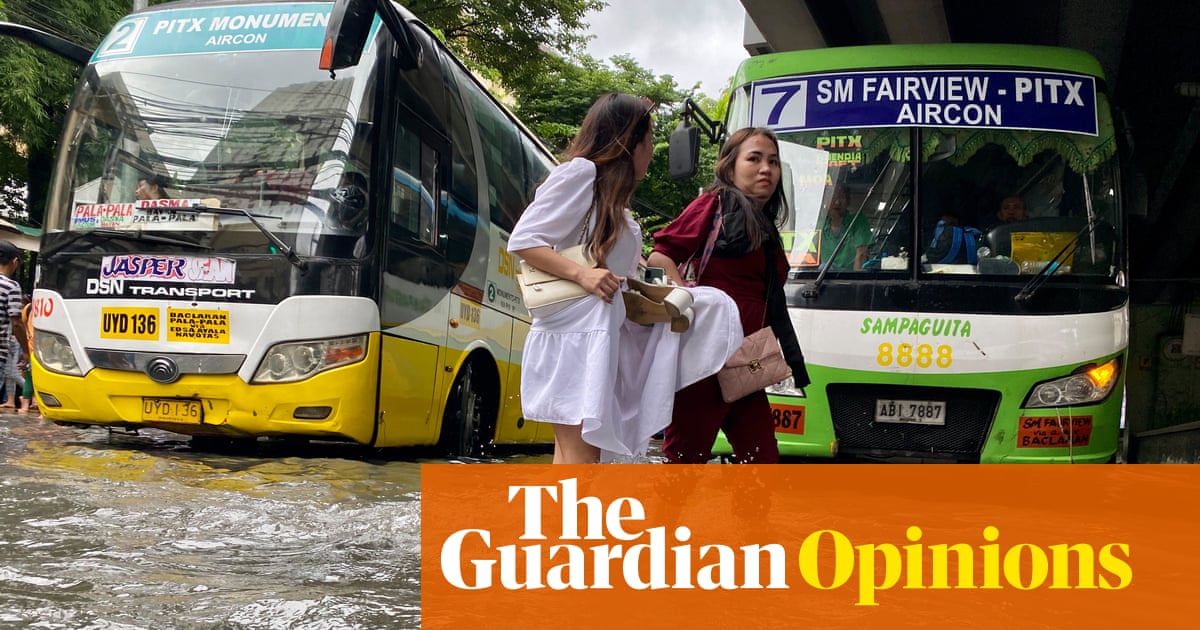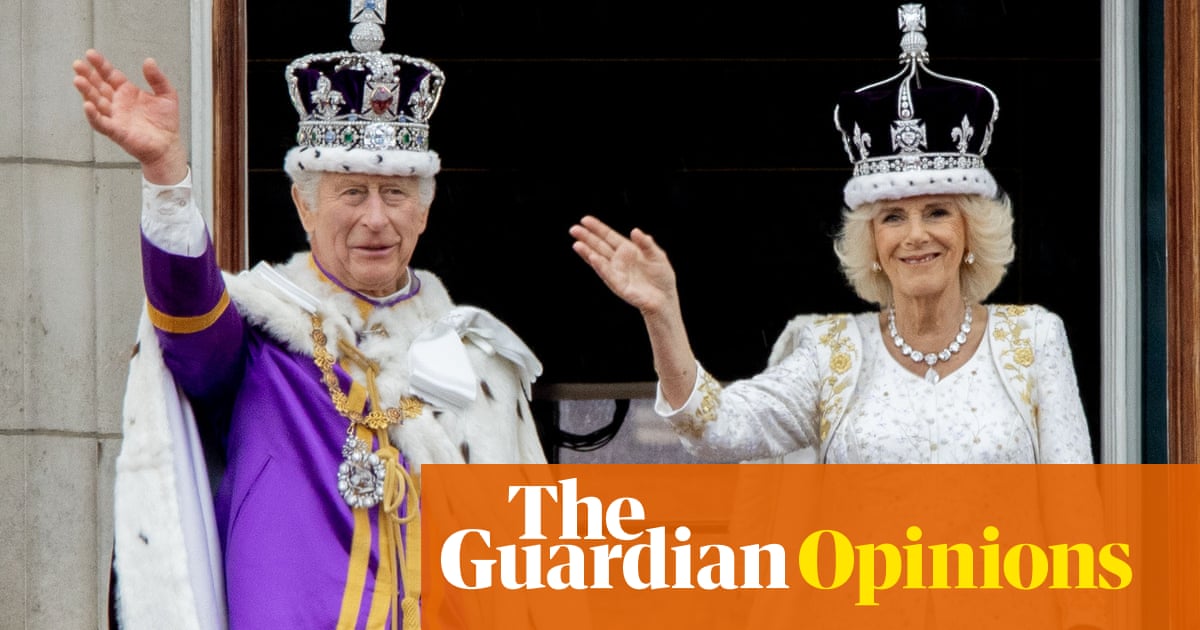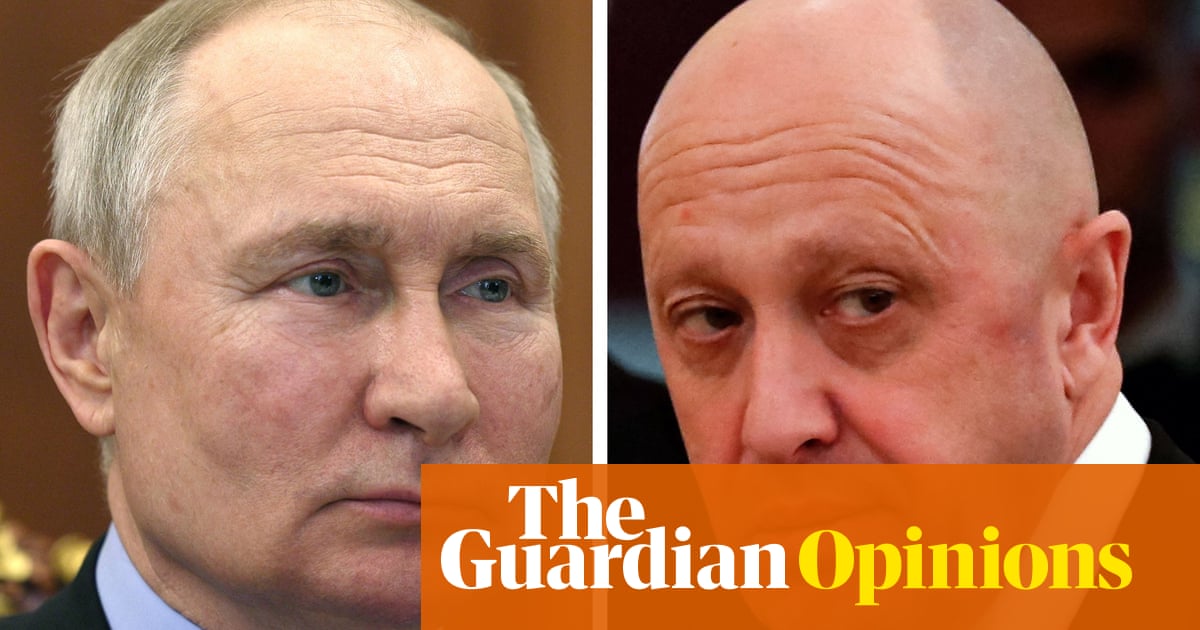
ears ago I wrote about Buy Nothing Day, an attempt by US campaigners to encourage us not to indulge in pointless consumerism, just for one day a year. It was widely mocked at the time. Now, for many people, it feels like Buy Nothing Day every day.
When was the last time you filled up the car? Bought a train ticket? Paid an air fare? Ordered a new sofa? Or even just bought a latte or booked the cinema? Days now go by when I do not spend one pence. And I know I’m far from alone. Figures emerging across Europe reveal that forced saving is happening on an unprecedented scale.
French savers put aside nearly €20bn (£16.2bn) in March, compared with the monthly average before coronavirus of €3.8bn. The Italians were much the same, adding €16.8bn to savings accounts, or five times the monthly average of €3.4bn. In the UK, the Bank of England says bank deposits soared by £13.1bn in March, a record monthly rise.
Unorthodox spending patterns abound. GoCompare reckons UK drivers spent £267m less on petrol during the strictest phase of the lockdown. Retail data company Kantar says we are spending a lot more on online groceries but £1bn less on the likes of those £3 sandwich, crisps and juice lunch deals popular in Tesco Express or Sainsbury’s Local. Nationwide says four out of 10 of its customers have more disposable income than before the crisis.
The better off are almost wallowing in spare cash. Even after assuming we are spending 20% more on food and alcohol, stockbroker Peel Hunt reckons upper-middle-class households in the UK (those in the ninth decile of income distribution) have cut their disposable spending by just over half.
It estimates that across the entire economy, households in 2020 will save £120.8bn, compared with £38.2bn in 2019, a gigantic increase. That’s a cool £82bn extra kicking around in savings and current accounts. To put that into context, it’s almost equal to the entire UK annual spending on every school and teacher in the country.
The stockbroking firm at least has the good grace to note we’re not all in this together. “The beneficiaries are skewed towards the top end of the income distribution. Lower-income earners are more likely to work in sectors most affected by job losses and reduced working hours. They also spend a greater proportion of their income on essentials,” it says.
So what’s going to happen with all this money? These involuntary savings are entirely the product of the pandemic rather than frugality so we might expect them to go back down to normal levels when the crisis is over and pent-up demand is satisfied.
But will they? How many of us will remain wary of crowded shops, refuse to use public transport if possible and be fearful of boarding a plane? Or be bothered to buy clothes we can no longer try on first?
Maybe the new normal is saving more and spending less. One survey I saw this week said a quarter of the population won’t go back to their old casual spending habits even after coronavirus is long gone.
But the paradox of thrift tell us that if an individual spends less, then someone else’s income also falls. If we all save, then we all lose (though economists argue heatedly over this; the accumulated money from individual savers subsequently becomes available for capital investment).
In any case, it’s doubtful Brits will really turn their backs on consumption; spending, rather than saving, seems to be hardwired into the Anglo-Saxon mindset.
As shops reopen over the coming months, it’s not going to be a pretty sight. Half the UK will head off on a spending spree with their suddenly accumulated loot. The other half will barely have a penny to rub together.












